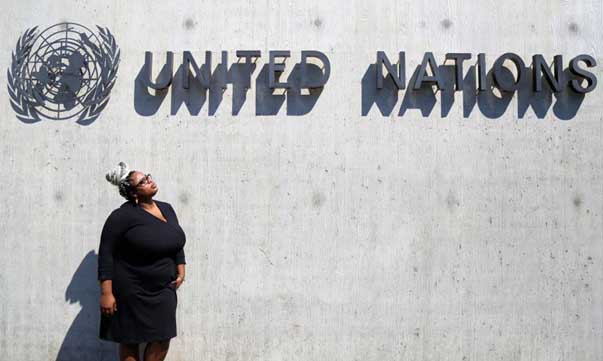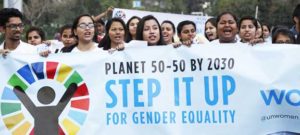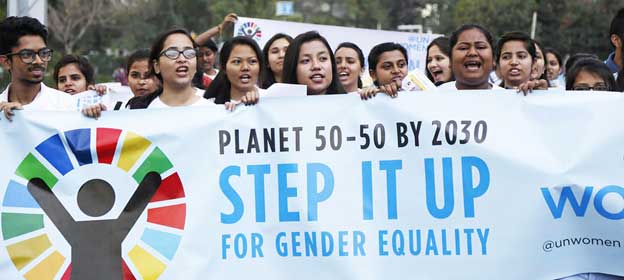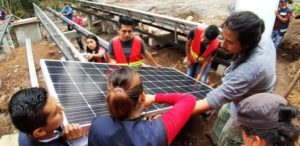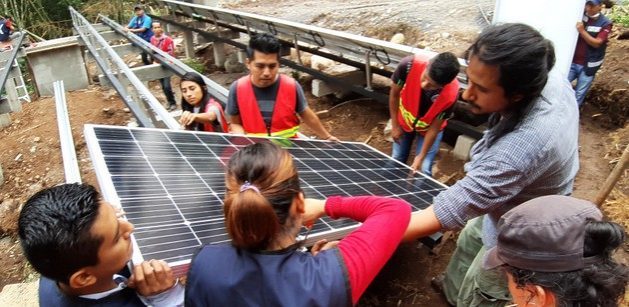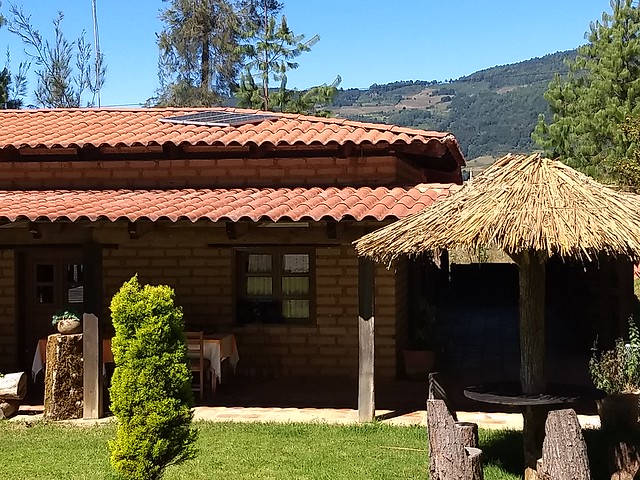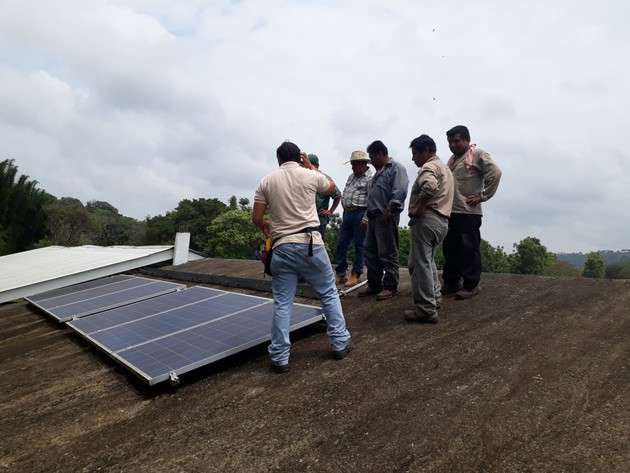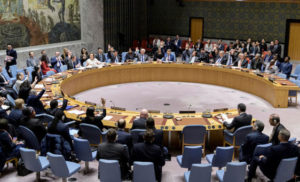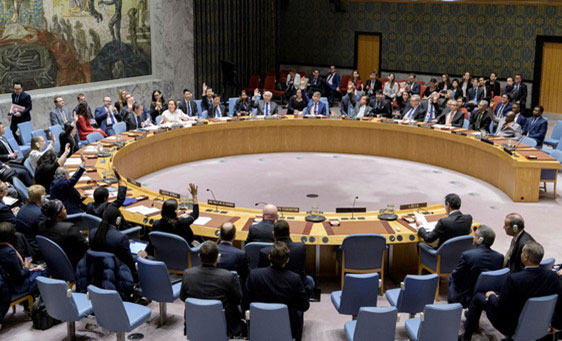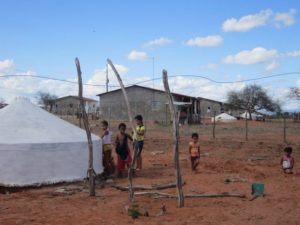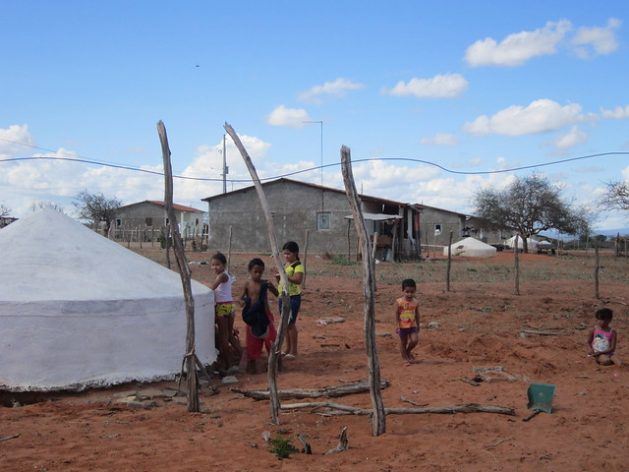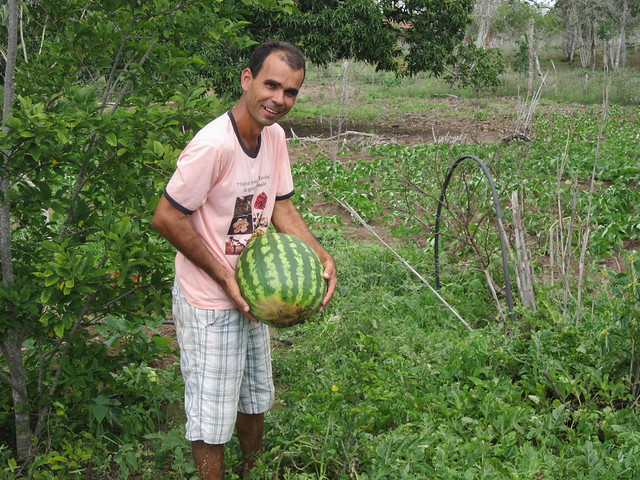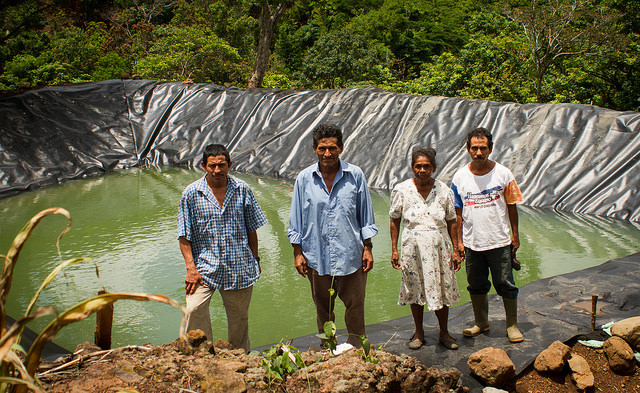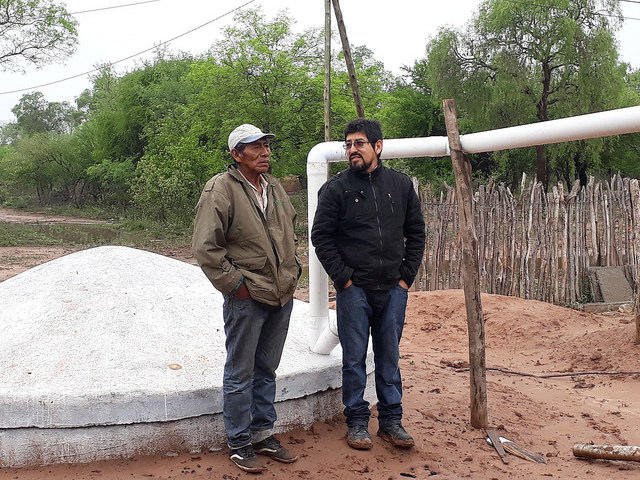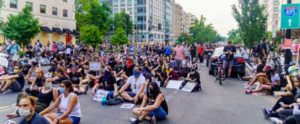
Active Citizens, Civil Society, Democracy, Editors’ Choice, Featured, Global, Global Governance, Headlines, Human Rights, Inequity, IPS UN: Inside the Glasshouse, Population, Poverty & SDGs, TerraViva United Nations
Marianna Belalba Barreto is the Civic Space Research Lead at CIVICUS: World Alliance for Citizen Participation & Aarti Narsee is a Civic Space Research Officer at CIVICUS: World Alliance for Citizen Participation
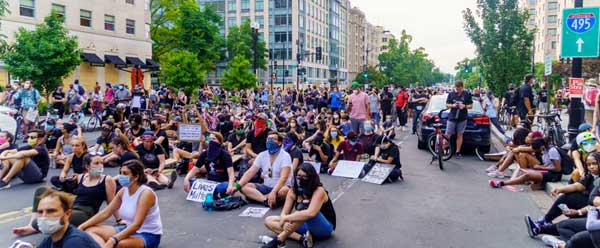
Black Lives Matter Protests, Washington DC, June 2020. Credit: Ted Eytan
– More than half a year after the World Health Organization declared the COVID-19 outbreak a pandemic, governments are continuing to waste precious time and energy restricting human rights rather than focusing on fighting the virus.
Civic freedoms, including the freedom to associate, express views and peacefully assemble, are under threat, with states using broad and restrictive legislation to snuff out dissent.
But people are organising and mobilising to demand rights. In the face of restrictions, civil society continues to fight back, often taking to the streets to do so.
Even before the pandemic freedom of expression was under threat. In 2019, the CIVICUS Monitor reported that censorship was the most common violation during that year, occurring across 178 countries.
Now, under the guise of stopping the spread of what they characterise as ‘fake news’, many governments continue to target the media.
Free-flowing information and unrestricted speech are vital during a pandemic. People need to receive accurate and up-to-date information on the emergency, not least so they can protect themselves and their families.
As frontline workers, journalists have a crucial role to play in disseminating important information, often putting their own lives at risk. But during the pandemic they have faced harassment, arbitrary detention and censorship from governments determined to silence critical reporting about their response to COVID-19.
Often such attempts have been carried out under the guise of tackling so-called ‘fake news’ on the virus.
Even before the pandemic, Turkey was the number one jailer of journalists in the world, with about 165 journalists currently behind bars. The government’s crackdown on the media has continued, with journalists being jailed on charges of ‘causing people to panic and publishing reports on coronavirus outside the knowledge of authorities’.
Thousands of social media accounts have also been placed under surveillance for comments about COVID-19, with citizens being detained for ‘unfounded and provocative’ posts that cause worry among the public, incite them to fear, panic and target persons and institutions’.
People expect to be able to question their government’s handling of the crisis and hold it to account over the decisions made. But governments are resisting this. In Zimbabwe, investigative journalist Hopewell Chin’ono was detained and charged for his critical reporting on the government’s COVID-19 procurement.
The need for this was clear when Zimbabwe’s health minister was dismissed and arrested for alleged corruption in medical procurement. But while Chin’ono has been released on bail, the persecution against him continues, despite calls from local and international media watchdog bodies for all charges to be dropped.
Despite these restrictions, people have continued to mobilise and fight for their rights. The pandemic pushed activists to come up with new and innovative forms of protests. Health workers across the world staged socially distanced protests to highlight the challenges within the medical system which have been further exposed by the pandemic; around the world, people found innovative ways to get their voices across.
In Palestine, feminist organisations organised balcony protests against the surge of gender-based violence during the pandemic. Videos show people standing on their balconies, banging pots and pans and hanging banners to show solidarity.
In Singapore in April, young climate activists from the Fridays for Future global school strike movement held solo protests in order to sidestep the country’s restrictive laws on peaceful assembly.
In June in Brazil, human rights groups organised peaceful interventions to denounce the scale of the COVID-19 crisis; protesters in the capital Brasilia put up 1,000 crosses to pay tribute to COVID-19 victims on the lawn in front of key government buildings, calling out President Jair Bolsonaro for his denials of the pandemic’s gravity.
Protests against racial injustice have been staged in all corners of the globe, following the killing of George Floyd by the Minneapolis police on 25 May 2020. Floyd’s death sparked massive protests against police brutality in the USA, under the banner of Black Lives Matter.
As the movement expanded, people from different continents, in countries as diverse as Senegal, Sri Lanka and Sweden, chanted “No Justice, No Peace”, and held placards reading “racism is a virus” to show they had no choice but to protest amid a global pandemic.
But in some countries these protests were dispersed by police using excessive force, with the reasoning that protests would lead to a further spread of COVID-19.
CIVICUS continues to document civic space restrictions, and while many governments are taking advantage of the crisis to suppress criticism, civil society continues to resist, to fight back, and to make their voices heard.
As part of this, journalists are playing a vital role in fighting censorship and sharing information about the pandemic.
What is very clear is that civil society has and will continue to play a vital role in addressing the urgent needs of the people during this crisis. Without a healthy civic space and an enabling environment for activists, civil society and journalists, we will not be able to effectively tackle the spread of the virus and the prospect for rebuilding a more equal and just society will be limited.
This is why people will continue to organise, mobilise and protest.


